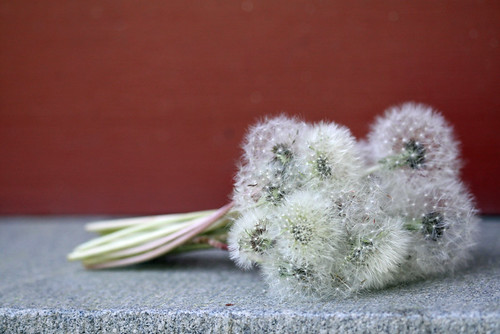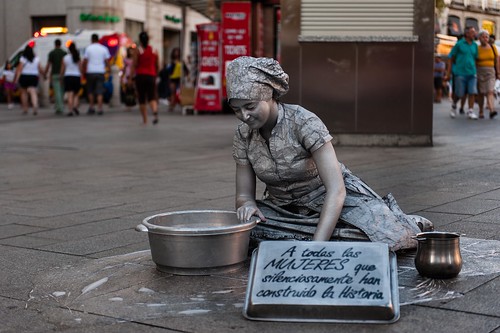Do you have a person in your life whose ego is poisoning your creative well?
I don’t.
I am happy to say that all Julia Cameron’s descriptions of ‘crazymakers’ do not fit with any of the friends and family I have in my life. Admittedly, my roll of friends is not a long one, but quality beats quantity every time (except possibly in NaNoWriMo.)
Of course, it is well known that you can’t choose your family, so my thanks go out to any relatives who may be reading this for not being egomaniacs who insist that my world revolves around them. (I’d send you flowers, but all I seem able to grow are dandelions and buttercups.)
However. On with the chapter.
I have already made some mention of the ‘recovery of identity’ theme in my previous post, so, straight on to the Tasks!
Task 2 reveals there are 168 hours in a week, of which I spend 40 at the Dreaded Day Job, five getting to and from the DDJ, and five more of a morning getting ready for the DDJ.
63 hours are spent asleep (if I’m lucky) and 13 either preparing food or eating it. (That seems like a lot. Divide by 21 meals per week and it doesn’t seem quite so gluttonous. I think.)
That leaves about 41 hours for housework, reading, writing, resting, handwork and relationships with God, the universe and everyone.
The proportions thereof would, I think, repay more study than I have so far given them (navel-gazing not being on the above list).
My extended list of imaginary lives (Task 6) now includes a peasant, a princess and a mute. Kind readers will refrain from suggesting how I might incorporate the latter into my everyday life.
My life pie (Task 7) seems to have been involved in a side-on collision – exercise and romance are doing well, with spirituality holding its own, but friends and play are looking a little saggy and work is – well, the less said about work the better.
Moving on.
Ten tiny changes was a very enjoyable exercise. Although I haven’t done or started all of them, they are mostly quite achievable (#10, eat Weetbix, #5, light a candle).
#2, Have a Teapot, is accomplished, and very enjoyably. It turns out the secret to successful teapot-hunting (besides going when the charity shops are open) is to stop looking for the perfect teapot, and find the good teapot.

The perfect teapot is probably better than the good teapot, yes, but you can’t drink tea out of it until you find it, which could be never. Imagine the prospect of drinking tea disappearing over the event horizon. Shudder. Buy the good teapot.
There’s probably a life lesson in there somewhere.
For my artist’s date, I was going to follow the tradition (i.e. the thing I have done once before) of spending $2, but there was a sale, so this week’s Artist’s Date is brought to you by the number 1.
Bubbles!
Do we detect a trend of childlikeness here? Well, what of that? As the Artist’s Way says, don’t drag your inner child to a museum unless they’re that kind of child. Or it’s that kind of museum. (I paraphrase.)
Next month (this month) I delve into Recovering A Sense of Power. Muaahahhahaaah.







